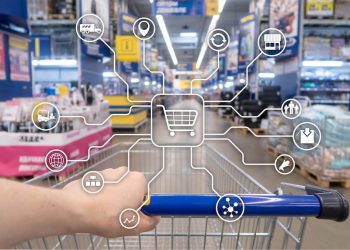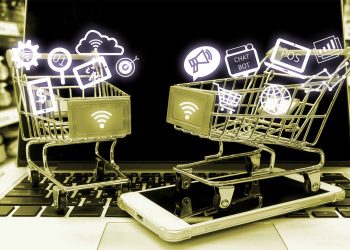Personalized Shopping Based on Big Data
Big data has created a significant impact on all industries including the retail arena. The ground-breaking technology is helping retailers of sizes offer a personalized shopping experience for their customers. Gone are the days when personalization in retail was associated with only big names of the retail industry, as with big data in hand retailers of all sizes can make shoppers feel special and gain loyalty in the process.
Products Recommendations of a Whole New-level
The most significant gift that big data could give to the retail industry was the ability to offer a product recommendation for the customers. Owing to the enormous sets of data available of a shoppers purchase pattern can be tracked, and developers can introduce product recommendations based on that knowledge. These product recommendations can be spotted as ‘you may also like,’ or ‘inspired by your browsing history’ as seen on Amazon.
User-based Forecasts
Big data can also give insights on which are the most sought-after products in their inventory. Through this process which is coupled with data sets available from previous years, the managers can know which products are needed to be kept well-stocked as the season for the shoppers nears. This also helps the retailers in keeping their retention rates high. For example, a big retail chain recently targeted pregnant women with baby product ads after determining the type of products they were buying through their platform.
Price Drops and Optimizations
An example of another smart retail chain whose unmatchable online success depends on their price optimization techniques to attract shoppers. They have introduced an unusual and unique feature called ‘price drop as you shop’ which has been adopted worldwide now. As the shoppers browse through items and fill their cart the prices decreases and they give further price reduction option like using a credit card to pay, opt out of free returns, use a single shipping method and so on.
Customer pattern detection
Stores are also utilizing the databases available to recognize the pattern of a returning customer and are offering coupons, cards and wholesale offers to them on their purchases hence increasing retention. In this way, both the retailers and customers are happy as the retailers get loyalty while the customer receives products delivered at their doorstep at a pocket-friendly rate. Big retail firms are applying the same methodology for their brick and mortar shops and are trying to attract customers by using beacons, Wi-fi, and reservation systems to enhance in-shop experiences to classify each customer and their unique needs for a more personal sales pitch.
Bots and machine learning
Major retail stores are also using custom bots that have been trained on various sets of supervised learning algorithms that can make them get better at answering customer questions. With the use of AI, one can say that every question these bots answer they are deemed to get smarter and gather more knowledge. This will lead to intelligent systems eventually transforming into personal guides for each product. Top brands such as Uber, Amazon, Expedia and many others are now using these chatbots on their website and social media pages to answer customer questions round the clock.
Visual Searches
Now shoppers will be able to get products by using pictures. All they need to do is take photos of their favorite products whose knowledge they do not have and might have seen in someone’s hand or a brick and mortar window display and upload the same in an app and describe what color or size they want the same in. The database will be able to refine their search and present to them the correct product in their personalized style.








